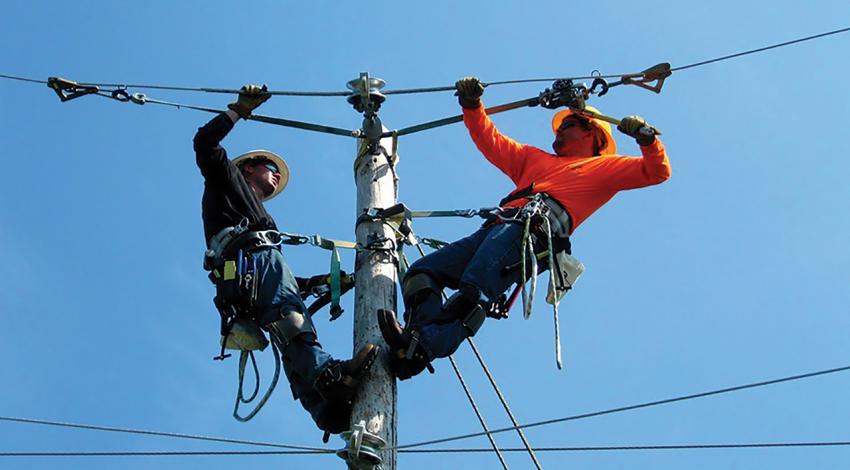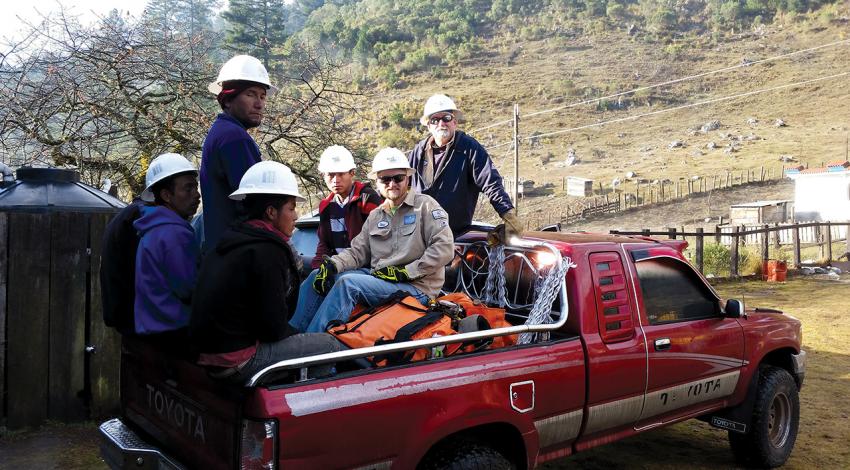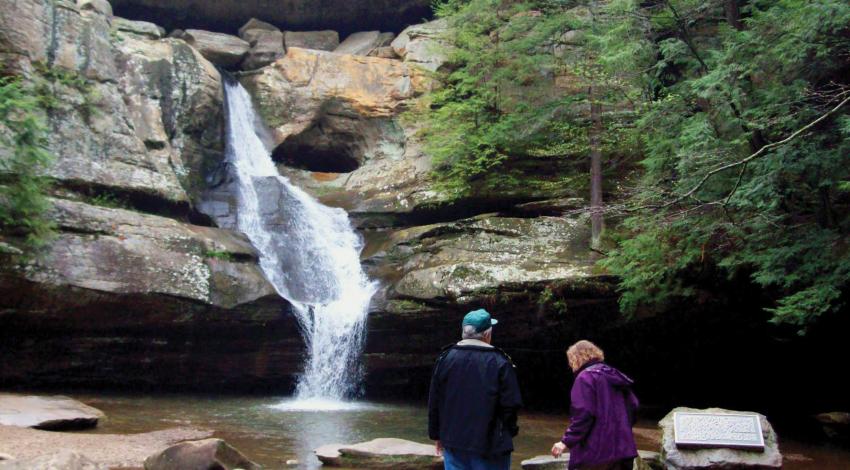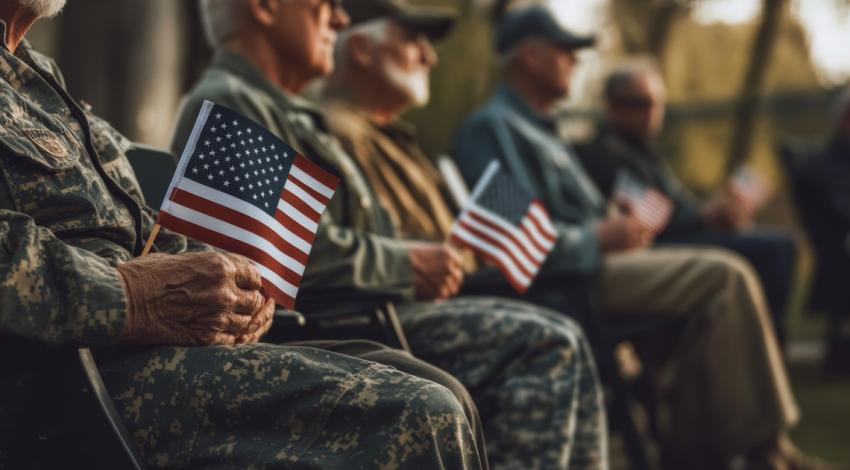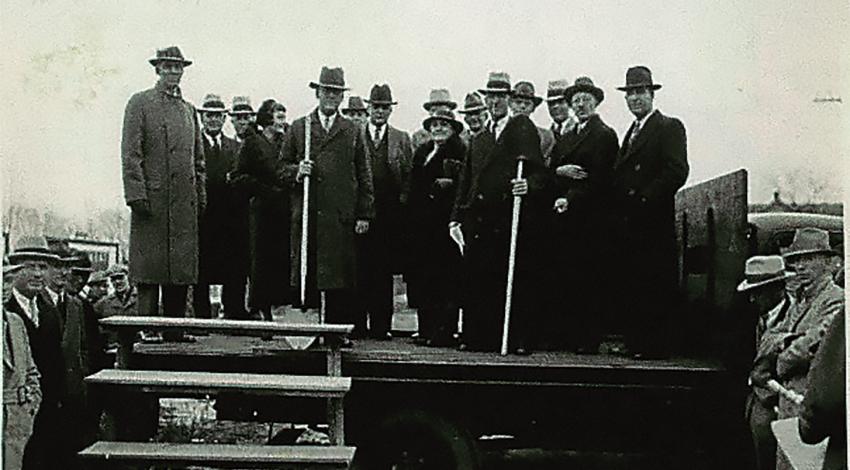Schools around the state are back in session, and your electric cooperative has some educational opportunities coming up as well. One of the cooperative principles that guides the actions of your co-op is Education, Training, and Information. Our national association explains the principle’s importance this way: “Education and training for members, elected representatives (directors/trustees), and employees helps them to effectively contribute to the development of their cooperatives.
Pat O'Loughlin
Without exception, electric cooperatives throughout the state of Ohio are proud, ingrained resources for the communities they serve. Of course, co-ops provide electricity to area homes, churches, and businesses, but that’s not all that they do for their communities.
Co-op employees live in those small towns; shop at the local supermarket; coach Little League teams; champion civic projects; and lend a hand when their neighbors need one. Ohio co-op staffs have a vested interest in doing what’s right for both the cooperative and their fellow citizens.
The internet has changed the way people live and work around the globe. Access to the internet is the emerging essential utility service. In larger cities across the U.S., there’s no concern that high-speed access is available via cable providers, cellular networks, Wi-Fi, and other broadband channels. However, throughout much of rural Ohio and rural America, high-speed internet access, commonly known as “broadband,” isn’t available.
On Tuesday, May 8, Ohio opens the polls for registered voters to exercise the privilege of free selection in party primaries; to make your voice heard on statewide issues; and to cast your ballot regarding local matters.
In 2016, rural America played a historic part in our national election — 500,000 more rural voters went to the polls than in 2012. This year, we hope to accelerate that momentum by encouraging each of you to join 42 million electric cooperative members across the nation to remind our elected officials that rural issues matter.
As spring blooms across Ohio, we also prepare for the inevitable thunderstorms that accompany the season. This past winter, we’ve done more than ever to prepare for the storms, car accidents, and other events that cause lights to go out. The Central Ohio Lineworker Training (COLT) program has been busier than ever, taking advantage of the new indoor facility that we built last year to train both apprentice and journeyman lineworkers about safe and effective methods to repair, and enhance, our electric network.
Electric cooperatives were founded in the spirit of neighbor helping neighbor. Co-ops brought light to rural America, and that partnership lit the way for us to carry the tradition beyond our borders. In 2016, linemen from across Ohio’s electric cooperative network mirrored that effort for our international neighbors in Guatemala. We brought power to the village of La Soledad, changing lives, providing hope for the future — and providing perspective on the impact we can have on underserved people still today.
Safe, Clean, Reliable, and Affordable: I often use these words to describe the electric power supply that Buckeye Power and all of the electric cooperatives around the state strive to provide to our member-consumers. Each of these words is important to us, and each has a different measure of success.
Reliable may be the easiest for you to observe. Do the lights come on every day? Is the supply adequate for your needs? When something occasionally causes a power outage, is power restored quickly?
I love this time of year. January, for me, is a time of optimism, when I see all the possibilities ahead of us, which both invite us into the unknown and challenge us to improve.
At the same time, the new year affords us the opportunity to look back at the year that was. Before going into our 2018 priorities, let’s celebrate 2017 — which, looking back, turned out to be a historic year for Ohio electric cooperatives. It was a year in which we:
Electric co-ops were established to provide electricity to people living in rural communities. Folks in rural America had been mostly ignored by electric companies that didn’t see enough potential profit to run electric lines into the country. In the 1930s, a public-private partnership was forged to provide the large capital investments needed to build and operate rural electric systems.
